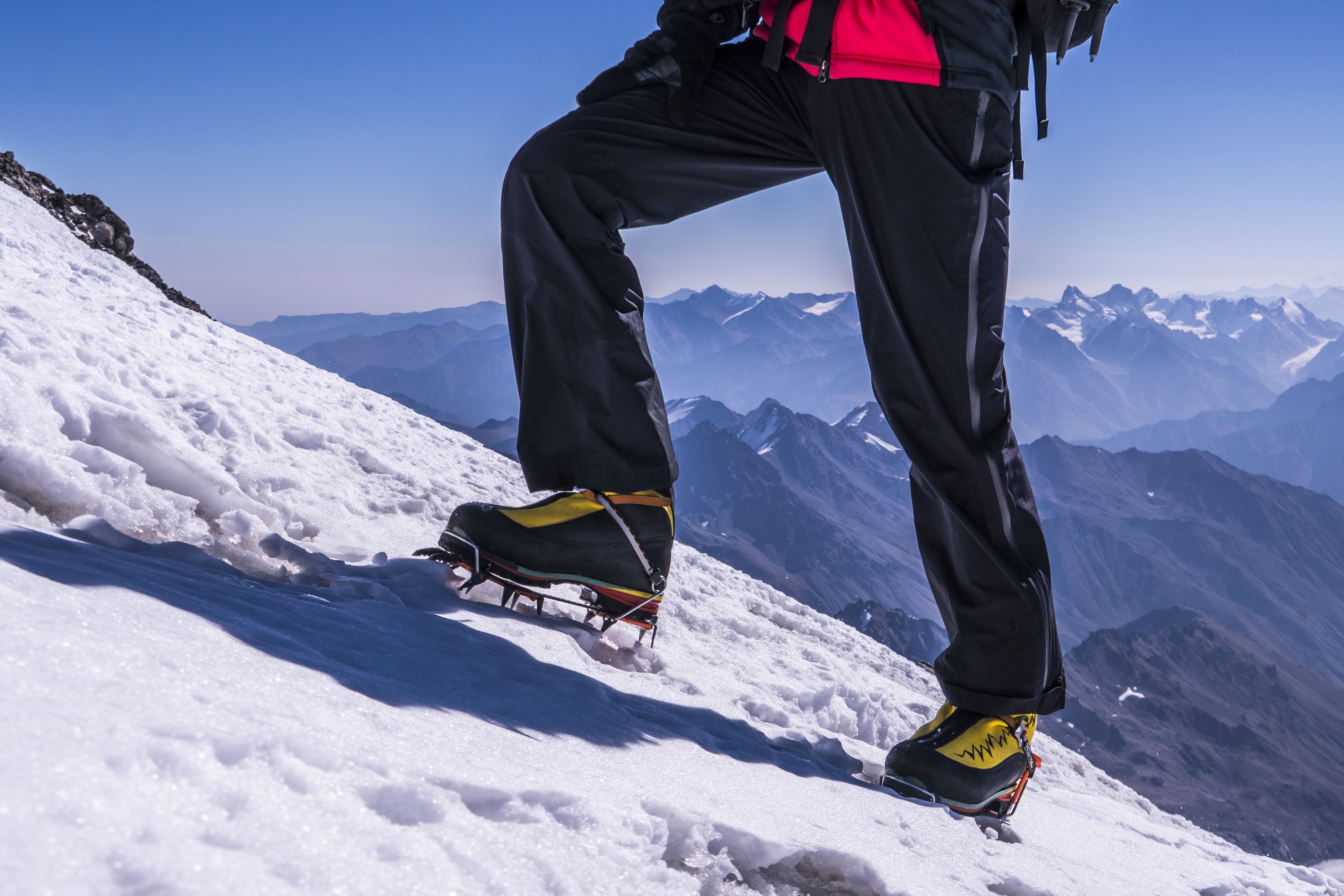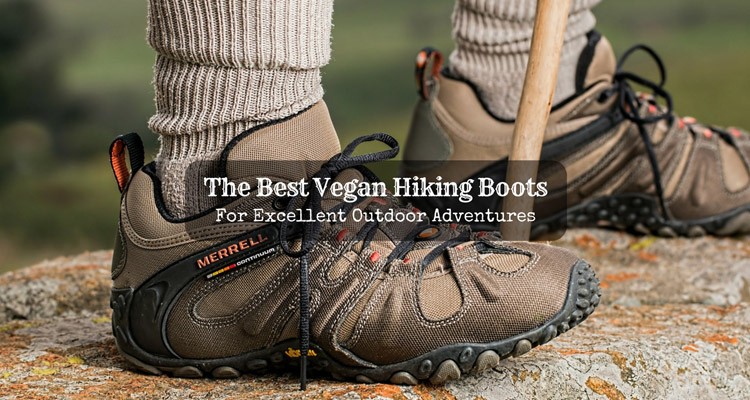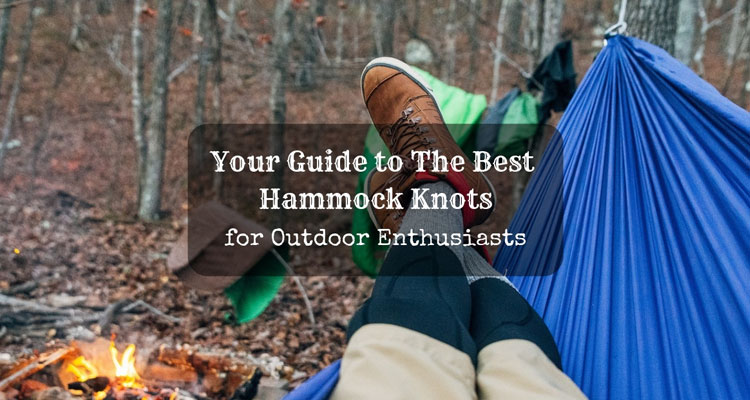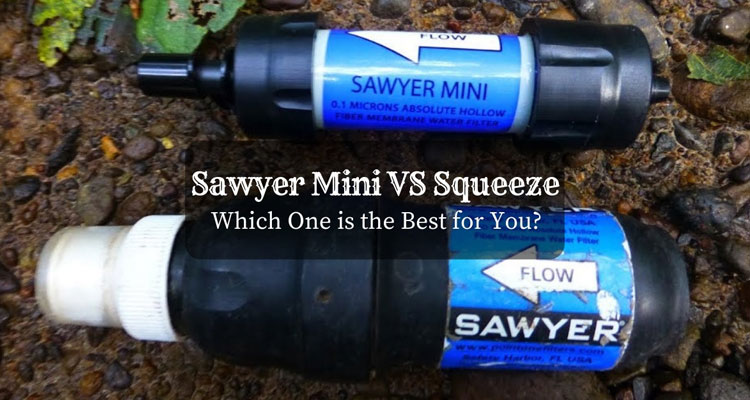If you are a winter hiker, there are plenty of traction devices available for you. Many of these gears are surprisingly effective, and won't hurt your pocket at the same time.
The two most-used traction devices are microspikes and crampons. They both provide an excellent amount of traction on icy or snow-covered trails, and most types of footwear fit them; hence, choosing between the two common traction devices can be confusing.
People often have an issue regarding crampons and microspikes as they think that they are the same hiking product; however, even though they are almost similar, they have differences that every outdoor enthusiast should know.
Once you read this article about microspikes vs. crampons, you will learn the importance of using a traction device, the difference between microspikes and crampons, and the perfect traction device for your situation.
More...
Why should you use a traction device for your winter hiking?
The main purpose of using a traction device is just pretty simple. Once you go on an exciting, challenging adventure in the snow, you surely need crampons or microspikes so that you would have some additional traction to keep you safe from tripping, falling, and slipping.
If you have crampons or microspikes attached to your hiking boots, you can easily walk or run as you have more traction that can grapple the ice and snow on your trek.
Now that you know the why you should use a traction device, I suggest that you keep on reading this article as I discuss the difference of crampons or microspikes so you would know what traction device is appropriate for your next winter hiking experience.
Crampons
Traction device manufacturers first developed crampons for mountaineers and climbers who are not able to have proper traction on the ice and snow of the mountain faces. Not so long ago, they also found a new market in the community of hikers and backpackers.
Crampons for hiking have approximately the same design as alpine and climbing crampons as they have spikes that are shorter and less aggressive. It is a light-traction equipment that you can acquire at a more budget-friendly price.
The usual design of most crampons includes ½ to ¾ inches long on the sole's outer portion and 8 to 12 spikes.The reason for this design is to let the user climb steep mountains more naturally while walking or hiking in ice and snow.
Depending on the spike's length, trail crampons can easily keep a good grip and maintain balance when hiking in a snow-covered mountainous terrain.
Even though trail crampons are not as aggressive as crampons for climbing, they are still overkill depending on the circumstance. The perfect situation to wear trail crampons is when you will go to a steep, hilly terrain or when you encounter huge amounts of ice when you are on the trail.
You may also use crampon when your tree stand is up on the hill. It is also advisable to use crampons when bringing a heavy backpack. Moreover, if you want to scale a small mountain or a larger hill along an icy trail, it is also advisable to have crampons.
If you are planning to go on a long trek like 12 miles per day, you have an option to acquire ultralight crampons as they provide good traction through icy, rough terrain without exerting too much energy; however, they are more pricey particularly the ones that are aluminum-made and the titanium-made.
On the other hand, if you will hike on shorter distances only, you can save money as you can just use crampons made of heavy materials. The disadvantage of the cheaper, heavier crampons is their design as these winter tractions are usually not easy to put on and take off.
There several brands of crampons which are now on the market, so you may be asking yourself which is the best to buy. As for me, I would say that my favorite is Hillsound crampons. The link below will be helpful if you want to learn more about this product.
https://www.amazon.com/Hillsound-Trail-Crampon-Traction-Device/dp/B009HQAUC6

Man legs in crampons come to the top of mountain. Feet in trekking boots on the background of the snowy Caucasus
Recommended articles
Top 4 Best Knee Brace for Hiking Ultimate Guide – What You Need to Know
Microspikes
Microspikes also give excellent traction in icy winter situations, and they are also a typically more affordable alternative to crampons.
Manufacturers of traction devices designed microspikes for flatter terrains like gravel roads and meadow trails. They contain smaller spikes and more chains, and they also have 6 to 10 spikes ranging between ¼ to ½ inches.
Microspikes are perfect for icy situations especially on flatter surfaces as the spikes' placement typically trends toward the inner sole. The chains also give a sufficient amount of traction so the user will not fall while walking.
Most of the microspikes' design is the same with the chains we place over the tires of a vehicle for additional traction. The great way to know microspikes more is to picture the chains of a vehicle with tiny studs in the middle of the chain. They are specifically helpful when you are walking in an icy, snowy place.
If you are in an area with little terrains and the distance of the place where you are hiking is short, microspikes are the perfect traction device for you. The main importance of having microspikes is to provide more traction for outdoor activities like hiking and backpacking that do not involve steep climbing.
One advantage of having microspikes is that they only need a minimal amount of maintenance and upkeep. In many situations, you can clean or dry off microspikes in just a few hours.
One product which I have tested and proven to be effective is Kathoola Microspikes.
Recommended articles
2018 Best Hiking Boots for Wide Feet: When Comfort is the Right Fit!
Which Exercise Helps Prepare for UPHILL Hiking? Knowing What is the Best

Conclusion:
When there are ice and snow, it doesn't mean that you cannot enjoy hiking and backpacking anymore. Microspikes and crampons are within reach to make your winter hiking easy and exciting.
When you purchase a traction device, remember that you don't need to spend too much money on crampons if you only need microspikes; in the same way, it is not worth to save your money on microspikes if what you should have is crampons.
What I can advice you further is to identify your needs when purchasing a traction device and do research before purchasing to find the perfect equipment for you. You can always read the details that I discussed here to help you decide which traction device for you to buy.
Microspikes vs. crampons, which do you think is the best traction device for your next winter hiking adventure? Please post your insights in the comments section below or share this article with your friends.







